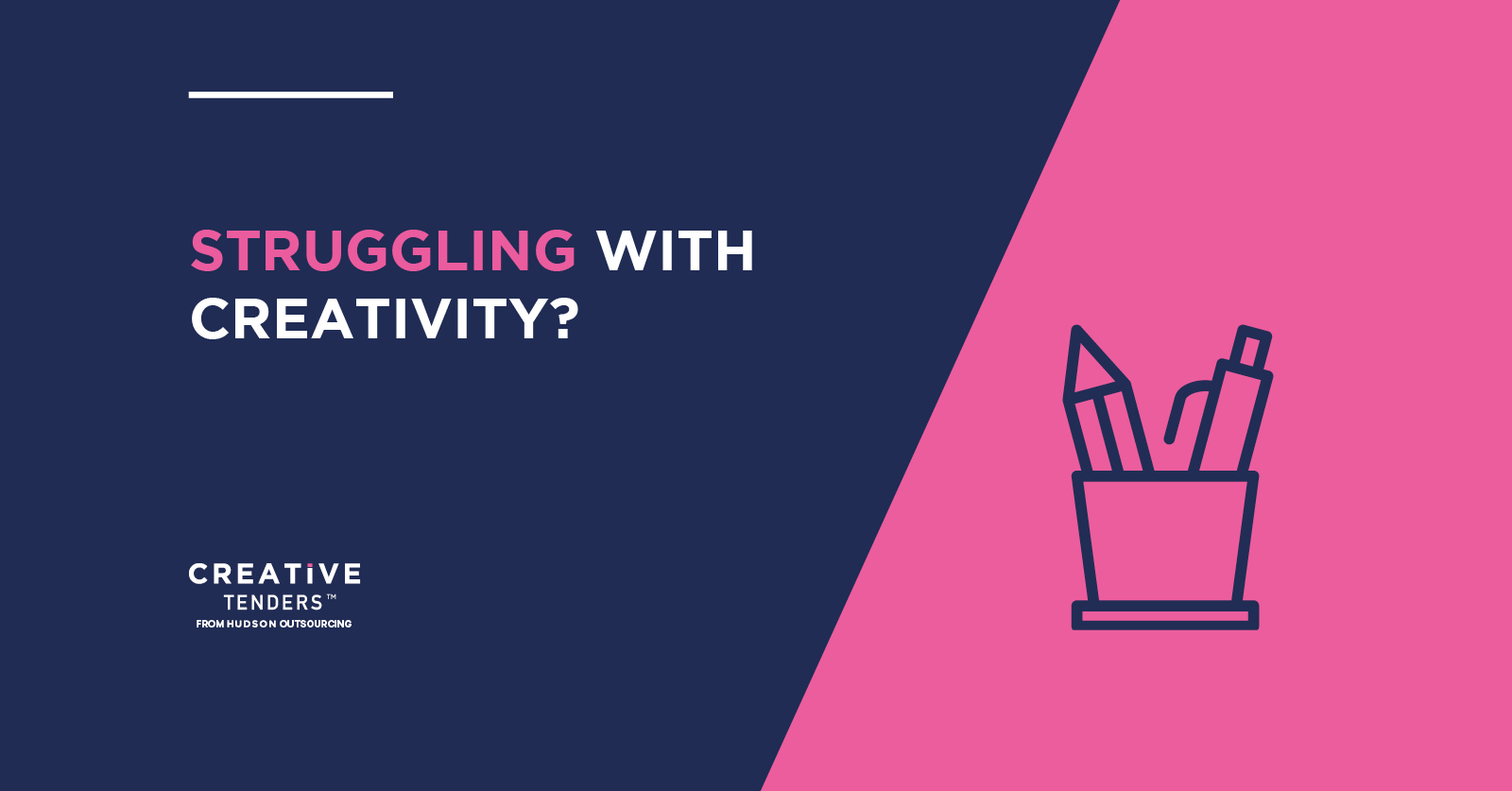For creative professionals looking to secure lucrative contracts, a well-organized and comprehensive bid library is an invaluable asset. Whether you specialize in branding, marketing, PR, digital design, or video production, having a structured repository of pre-prepared bid content can streamline the RFP process, enhance proposal quality, and increase your chances of winning contracts.
Why a Bid Library Matters for Creative Professionals
Creative projects often require compelling storytelling, unique visual presentations, and clear demonstrations of expertise. However, crafting tailored proposals for each RFP can be time-consuming. A well-maintained bid library allows you to:
- Save Time:Reuse and refine existing content instead of creating proposals from scratch.
- Maintain Consistency:Ensure branding, tone, and key messages are uniform across all submissions.
- Enhance Quality:Improve proposal strength by storing high-quality, pre-vetted responses.
- Increase Success Rates:Respond faster to RFPs with polished, ready-to-use materials.
Essential Elements of a Strong Bid Library
Building a bid library requires careful planning and organization. Here are the core components every creative professional should include:
1. Company Information and Credentials
Buyers want to know who you are and why they should trust you. Include:
- Company background, mission, and values.
- Team biographies with qualifications and expertise.
- Accreditations, awards, and certifications.
- Key differentiators that set your creative agency apart.
2. Case Studies and Testimonials
Evidence of past success strengthens your credibility. Your bid library should have:
- Detailed case studies showcasing previous projects.
- Before-and-after results demonstrating impact.
- Testimonials from satisfied clients.
- Client logos and endorsements to build trust.
3. Service Offerings and Methodologies
Clearly define your creative services and approach. Include:
- A breakdown of services (e.g., branding, advertising, video production, PR campaigns).
- Process descriptions to show how you work (from research to execution).
- Innovation strategies and unique methodologies you apply.
4. Pricing and Budget Templates
Transparent pricing structures make it easier for buyers to evaluate your bid. Prepare:
- Standard pricing models.
- Budget breakdowns for common project types.
- Justifications for pricing to demonstrate value.
5. Pre-Written Responses to Common Bid Questions
Most RFPs ask similar questions. Having pre-drafted responses saves time. Topics include:
- Project management approaches.
- Quality assurance and risk management strategies.
- Social value and sustainability commitments.
- Inclusion, diversity, and accessibility initiatives.
6. Design Assets and Branding Guidelines
A visually appealing bid stands out. Your bid library should contain:
- Branded templates for proposals and presentations.
- Logos, typography, and color schemes.
- High-quality images and graphics.
7. Legal and Compliance Documents
Ensure your agency is compliant with industry standards. Store:
- Insurance certificates.
- Data protection policies.
- Health and safety compliance documents.
- Ethical sourcing and sustainability policies.
How to Organize Your Bid Library
A disorganized bid library defeats its purpose. Here’s how to structure it effectively:
1. Use a Centralized Storage System
Store all materials in a cloud-based system or project management tool. Organize files into clear categories, such as:
- General Company Information
- Case Studies
- Service Offerings
- Pricing and Budgets
- Compliance Documents
- Proposal Templates
2. Implement Version Control
Ensure your documents remain up to date by:
- Regularly reviewing and updating content.
- Keeping track of changes with version numbers.
- Assigning a team member to oversee content updates.
3. Make It Easily Accessible
Your bid library should be easy to navigate. Consider:
- Using clear naming conventions for files.
- Creating a searchable index.
- Setting access permissions to protect sensitive data.
How a Bid Library Helps Creative RFPs Success
Creative professionals often compete in fast-paced, highly competitive markets. By maintaining a strong bid library, you can:
- Respond to More RFPs:Reduce the time needed to draft new bids, allowing you to apply for more opportunities.
- Improve Proposal Quality:Ensure consistency and professionalism across all submissions.
- Gain a Competitive Edge:Demonstrate preparedness, efficiency, and reliability to potential clients.
- Win More Contracts:A strong bid library helps create compelling, high-scoring RFP
Get Expert Support from Creative RFPs
For agencies and freelancers looking to maximize their success, Creative RFPs provides the ideal solution. By leveraging an extensive database of live RFPs, expert insights, and bid-writing support, you can access the best opportunities and enhance your chances of securing contracts.
By combining a strong bid library with the right RFP platform, creative professionals can unlock new business opportunities, streamline their bidding process, and achieve long-term growth in the competitive creative sector. Start building your bid library today and take the next step toward RFP success!


